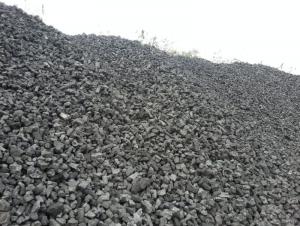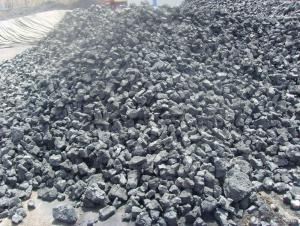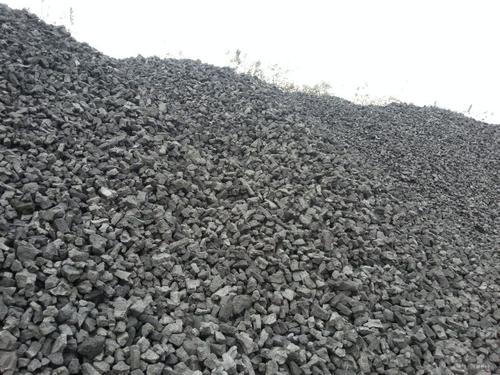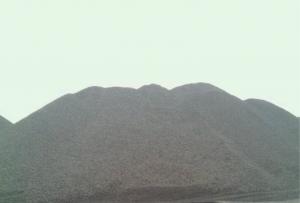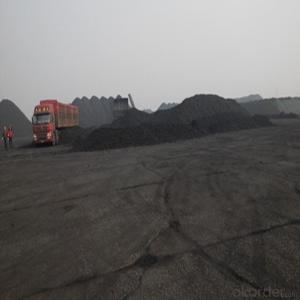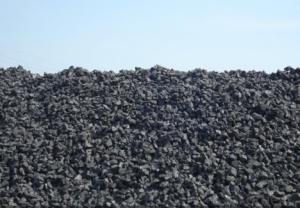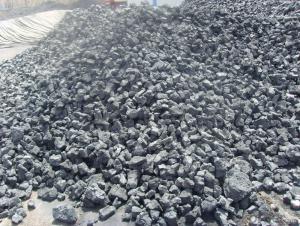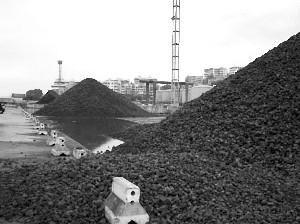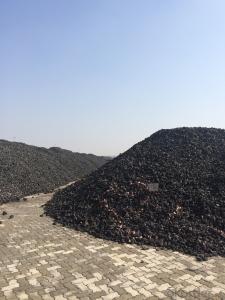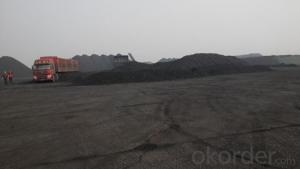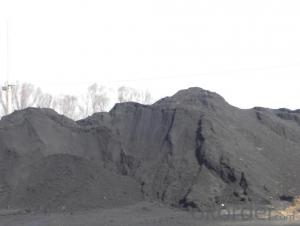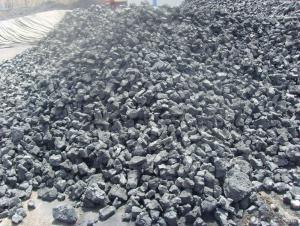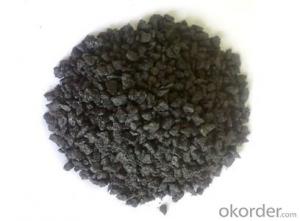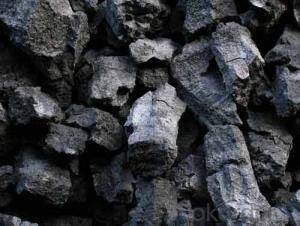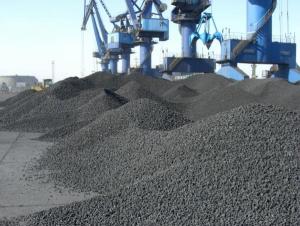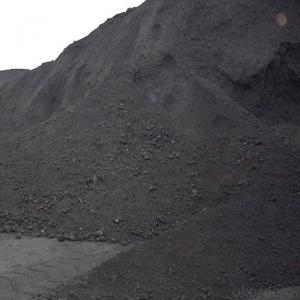Nut coke 15-30mm
- Loading Port:
- Qingdao
- Payment Terms:
- TT OR LC
- Min Order Qty:
- 1000 m.t.
- Supply Capability:
- 50000 m.t./month
OKorder Service Pledge
OKorder Financial Service
You Might Also Like
Specification
1. Structure of Metallurgical Coke of Nut coke 15-30mm Description:
Coke is made by high temperature metallurgical coke for blast furnace smelting, casting and gasification. Occurring in the process of coking after recovery and purification of coke oven gas is a high calorific value of fuel, is an important industrial raw material in organic synthesis.
Coke is mainly used for blast furnace ironmaking and used for copper, lead, zinc, titanium, antimony, mercury and other non-ferrous metal smelting of blast furnace, reducing agent, compound and the function of stock column frame.
Also known as metallurgical coal, coking coal (coking coal) is medium and low volatile medium and strong adhesive bonding of a kind of bituminous coal.Coal classification in the national standard in China, is the high degree of coalification, coking of bituminous coal with good sex of appellation.Also known as the main coking coal.
On China's coke production distribution, the regional distribution imbalance of coking enterprises, mainly distributed in north China, east China and northeast China.
2. Main Features of the Metallurgical Coke of Nut coke 15-30mm:
• Quality assurance
• Mutual benefit
• Preferential price
• Various choice
3. Metallurgical Coke of Nut coke 15-30mm Images:
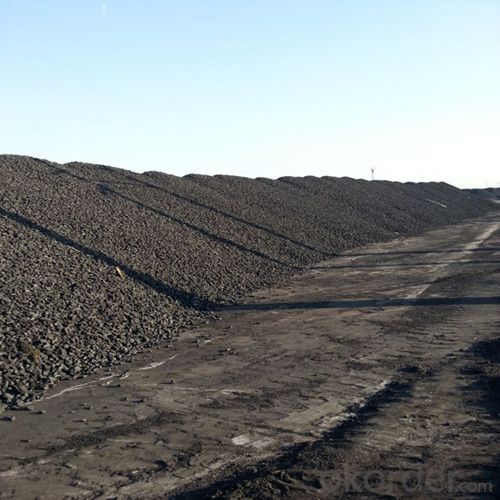
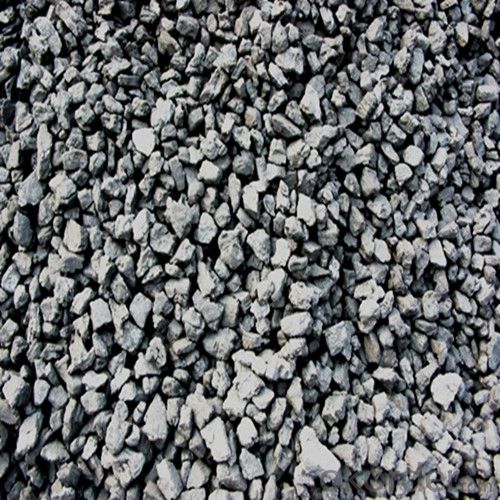
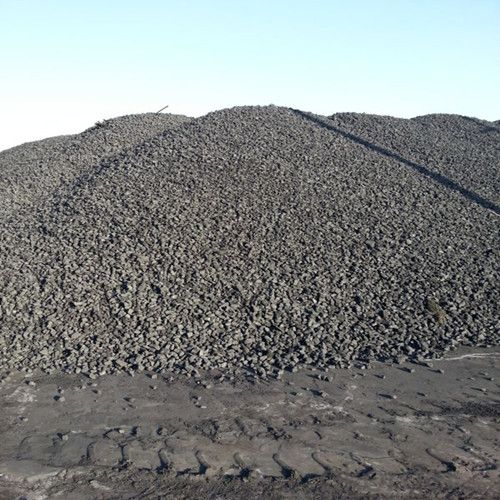
4. Metallurgical Coke of Nut coke 15-30mm Specification:
Parameters | Guarantee | Rejection |
Total Moisture (As received basis) | 5% max | |
Ash (dry basis) | 12.5% max | > 13.5% |
Volatile Matter (dry basis) | 1.5% max | > 1.8% |
Sulphur (dry basis) | 0.65% max | > 0.75% |
Phosphorus (dry basis) | 0.035% max | > 0.045% |
M10 | 7% max | > 9% |
M40 | 84% min | <82% |
CSR | 64% min | <62% |
CRI | 26% max | > 28% |
Size 30-90 mm | 90% min | |
+90 mm | 5% max | > 8% |
-30mm | 5% max | > 8% |
5. FAQ
What are coke's main physical properties?
on the relative density of density, coke, coke porosity, thermal conductivity for the heat capacity of coke, coke, coke, coke ignition temperature, coke thermal expansion coefficient of thermal stress and coke, coke shrinkage rate, coke resistivity permeability, etc.
The average heat capacity is 0.808 kj/(KGK) (100 ℃), 1.465 kj/(KGK) (1000 ℃)
Thermal conductivity is 2.64 kj/(MHK) (room temperature), 6.91 kj/(MHK) (900 ℃);
Ignition temperature (air) is 450-650 ℃.
- Q: Coke is how to make it? What is the use?
- The production process has the following procedures:The preparation of coking coal is called coal preparation, which is prepared from various kinds of cleaned coal (or raw coal with low ash content), which is made up of coal, which has the advantages of high accuracy, good particle size, uniform quality and meeting the requirements of coking. Generally include: coal unloading, storage and mixing, mixing, crushing and mixing, and the preparation of coal to coke oven coal storage tower. In cold regions, there should be thawing and freezing equipment. To improve the quality of coke, we must pay enough attention to coal preparation. The coal blending is good, the accuracy of coal blending is improved, the fluctuation of coal quality is minimal, and the chemical composition and the physical mechanical property of the coke are ensured to stabilize the coke quality. Therefore, the coal blending equipment must be accurately according to the given value of coal blending; coal blending tank to be uniform continuous coal. In addition to the impurities in the coal, water can not be too high. The reasonable crushing of coal can effectively improve the mechanical strength of coke. According to the specific situation, the most suitable grinding particle size should be determined.
- Q: What is the reasonable ratio of coal to coke
- According to the proportion of each unit type, different operation, different existing coal and different coke quality requirements are different and so on, can be said to suggest that the landlord can look at the altar of the myriads of changes, in some aspects of the coal blending, grasp some general principles, and then develop the proportion according to the actual situation.
- Q: Types of coke and use of coke
- The vertical furnace processing of low metamorphic coal production of calcium carbide, ferroalloy, coke, chemical fertilizer production and ultra high power electrode, aerospace and medical high technology and high value-added products such as carbon needle coke the world's most complete and unique characteristics of the Chinese coking industrial system.
- Q: F.C Ash S V.M H2O SizeMore than 85 less than 15 less than 8 less than 0.8 less than 1.5 10-70mm over 90%,I would like to ask, what is the size of the corresponding coke? Metallurgical coke or something else, there is no relevant information about, thank youF.C = 85, Ash = 15, H2O = 8, S = 0.8, V.M = 1.5, Size:10-70mm 90% and above, so clear, like the product, the current price?
- Metallurgical coke indicators are as follows:A metallurgical coke: fixed carbon, 86%; calorific value 7300cal/kg; ash < 12%; volatile < 1.9%; all 5% "0.6%" water; sulfur;
- Q: What is the difference between coking coal and coke
- Coking coal is an essential raw material for the production of coking coal, coking coal is one of the main uses of coke, coke is full of coking coal, coking coal is necessary for coke.
- Q: Some experimental results summarized the following two facts: the coke can not be used to restore aluminum mine, but it can be used for the reduction of copper and iron; no containing copper sulfate solution with tin, thus the activity sequence C, Al, Cu, Fe of the four elements is ______.
- K, Ca, Na, C, Mg, Al is not able to use C, CO, H2 and so on to restore the preparation of metal, because these metals are very active, can be used to restore copper and iron ore, indicating that the reduction of strong;
- Q: I don't understand. With coke, then the rest of the coke, they are selling it?
- If most of the solid fuel is burning coal, but coking coal, which is very strong viscosity of coal is not good, it is very interesting to use the individual plant with it, the purpose is to change the fuel characteristics.Coking coal and coke, commonly used in metallurgical industry.Coal will be heated to a process of coke, but you really want to get coke, to specialized production. Power plants do not produce coke, they only have gray coke
- Q: Braised meat burning coke, iron black layer, I do not know how to clean, please help answer
- Tomatoes to the bottom of the potNot a few good tomatoes in the pot boil, it will naturally fall.4, beer and liquor to the bottom of the potIf cooking is careful not to paste pot, the pot dish, if not easy to brush off, can pour a little wine and beer and a small amount of water (1:1:0.5 ratio) mixed cover, placed 5 minutes after it is easy to scrub clean.
- Q: I work in the coking plant, so there are conditions to get coke and is burning, I would like to use coke barbecue line? Just like charcoal Mutton Cubes Roasted on a Skewer, OK? Understand the answer
- Coke is mainly used in blast furnace ironmaking and smelting of non-ferrous metals such as copper, lead, zinc, titanium, antimony, mercury and so on.
- Q: What are the quality indicators of coke
- 2, the phosphorus in the coke: iron metallurgical coke coke content should be in the following 0.02 - 0.03%. 3, the ash content of coke: Coke Ash on the impact of the blast furnace smelting is very significant. Coke ash increased by 1%, coke consumption increased by 2 - 2.5%, therefore, the reduction of coke ash is very necessary. 4, volatile in coke: according to the volatile content of coke can determine the maturity of coke. Such as volatile content is greater than 1.5%, is said to produce coke; volatile less than 0.5 - 0.7%, it is said to be overdone, the general maturity of metallurgical coke volatile is divided into about 1%. 5, the moisture in the coke: water fluctuations will make the measurement of coke is not allowed, resulting in fluctuations in furnace conditions. In addition, the increase in the moisture content of Coke will make the M04 high, M10 is low, the drum index error. 6, the screening of coke composition: in the blast furnace coke particle size is also very important. In the past, the particle size of coke in our country is as follows: the coke size of large coke oven (1300 - 2000 square meters) is greater than 40 mm; the coke size of medium and small blast furnace is larger than 25 mm. However, some of the steel test shows that the coke particle size of 40 - 25 mm as well. Larger than 80 mm of coke to be whole, so that the particle size range. The coke block is uniform, the gap is large, the resistance is small, and the furnace condition runs well. Coke use: Shanxi sales all kinds of specifications of foundry coke, metallurgical coke, high sulfur coke trucks or wagons can transport
Send your message to us
Nut coke 15-30mm
- Loading Port:
- Qingdao
- Payment Terms:
- TT OR LC
- Min Order Qty:
- 1000 m.t.
- Supply Capability:
- 50000 m.t./month
OKorder Service Pledge
OKorder Financial Service
Similar products
Hot products
Hot Searches
Related keywords
